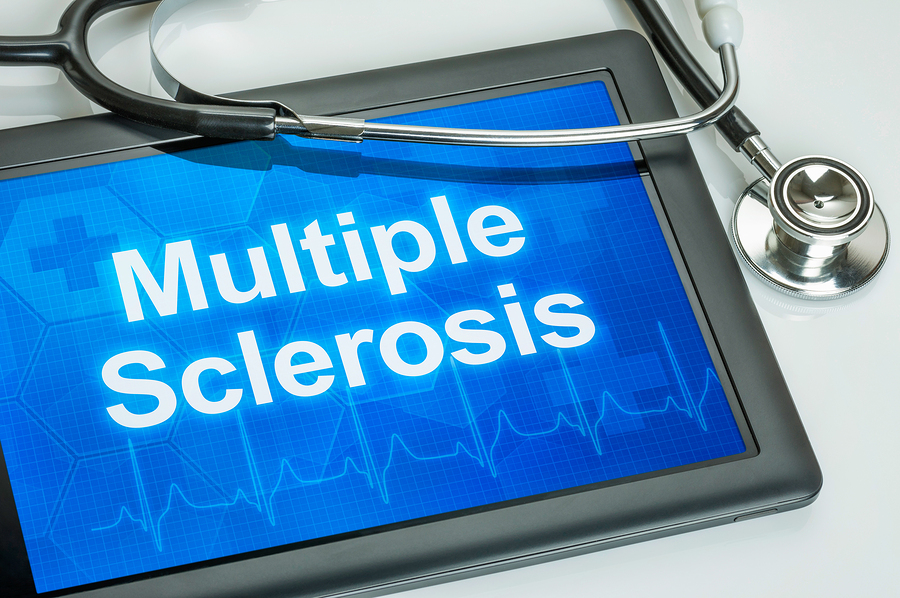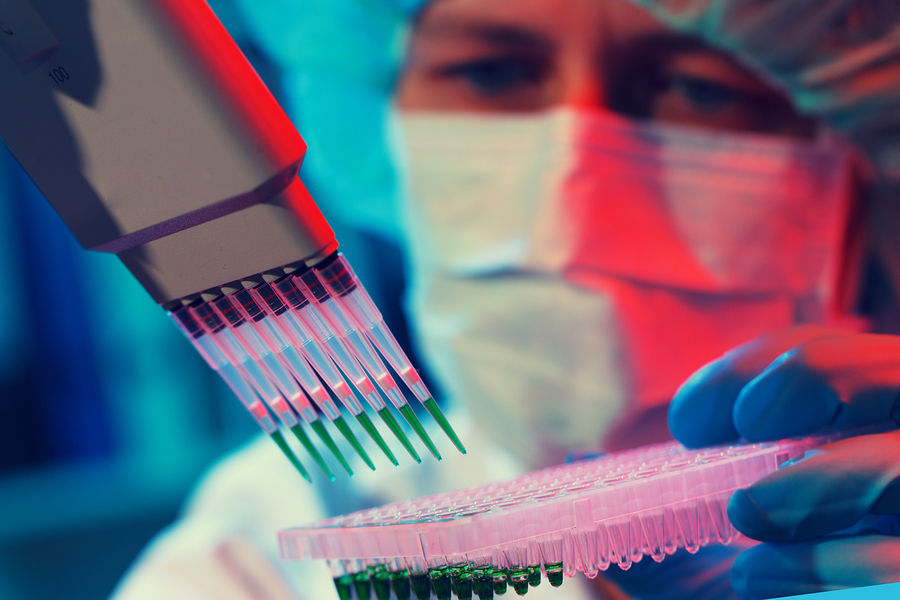Judge Rules FDA Can Regulate Stem Cells
/By Pat Anson, PNN Editor
A federal judge has ruled that the U.S. Food and Drug Administration does have the legal authority to regulate stem cells made from adipose tissue – a patient’s own fat cells.
The decision is a blow to U.S. Stem Cells, a Florida-based company that produces and markets stem cells derived from body to treat rheumatoid arthritis, lupus and other chronic illnesses. At least three of its patients were blinded after having the stem cells injected into their eyes while being treated for macular degeneration.
The FDA has been struggling in recent years to rein in the fast-growing stem cell industry, which often markets procedures that the agency considers unproven and potentially dangerous.
“Cell-based regenerative medicine holds significant medical opportunity, but those in this field who do not operate in compliance with the law can potentially cause serious harm to patients,” acting FDA Commissioner Ned Sharpless, MD, said in a statement.
“The FDA has advanced a comprehensive policy framework to promote the development and approval of regenerative medicine products. But at the same time, the FDA will continue to take action — such as issuing warning letters or initiating court cases — against clinics that abuse the trust of patients and endanger their health with inadequate manufacturing conditions or by manufacturing and promoting products in ways that make them drugs under the law, but which have not been proven to be safe or effective for any use.”
The FDA sent a letter to U.S. Stem Cell nearly two years ago warning the company that its laboratory safety standards were inadequate and could lead to contamination. A year later, the agency sought a permanent injunction against the company, which led to Monday’s court decision by U.S. District Judge Ursula Ungaro.
“The clinic and its leadership have put patients at serious risk through their disregard of the law and prior FDA warnings. This decision today is a victory for the FDA’s work to stop these bad actors and to protect patients,” said Peter Marks, MD, director of the FDA’s Center for Biologics Evaluation and Research.
U.S. Stem Cell and its chief science officer Kristin Comella have yet to respond to the judge’s ruling. In the past, they have argued the FDA doesn’t have the legal authority to regulate cells derived from a patient’s own body tissue.
The Los Angeles Times has reported that Comella’s purported PhD in “stem cell biology” was issued by an unaccredited online university in Panama. Three-year doctorate degrees can be purchased at Panama College of Cell Science for less than $9,000. The college has been vigorous in defense of its most famous graduate.
“Through Dr. Comella’s leadership, she and her team have trained and certified more than 700 physicians worldwide in adult stem cell therapy,” the college said recently in a blog post.
KRISTIN COMELLA
“So it is understandable that against this backdrop, America’s most gifted adult stem cell clinician, Kristin Comella, should be singled out for attack, criticism, and personal smearing in an effort to chill and silence her activities, if not outright ban them. A federal lawsuit was even filed against her to stop her treatment of patients and to slow the progress of adult stem cell therapy.”
In addition to the lawsuit against U.S. Stem Cell, the FDA is also seeking a permanent injunction to stop California Stem Cell Treatment Center and Cell Surgical Network Corporation from producing cellular products for stem cell clinics without FDA approval.
The agency has also issued warning letters to a number of clinics, including one recently sent to R3 Stem Cell of Scottsdale, Arizona warning that its treatments for Lyme disease, diabetes, Parkinson’s disease, stroke, kidney failure and amyotrophic lateral sclerosis (ALS) are not FDA approved.




























